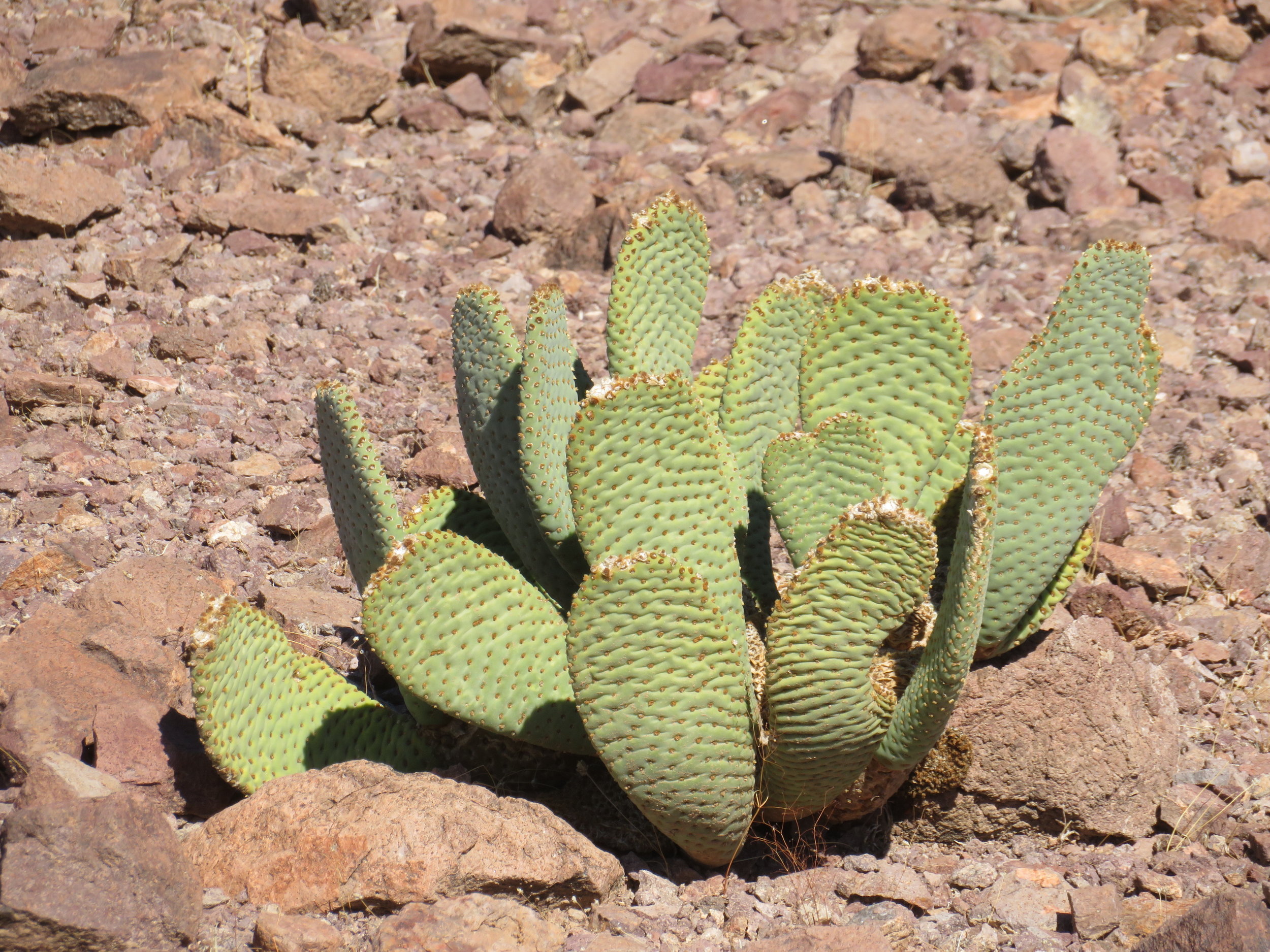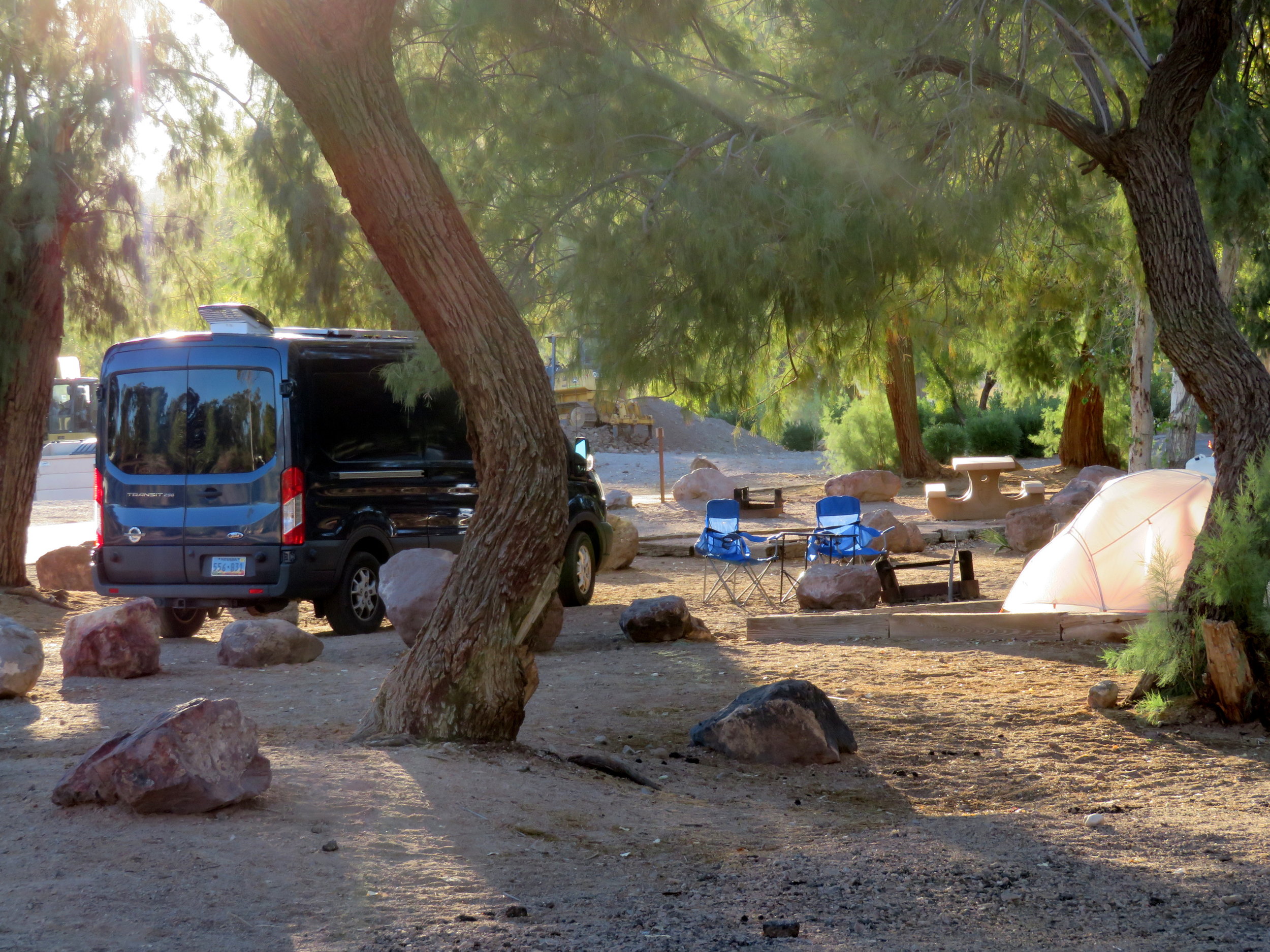Lake Mead Hiking - Historic Railroad Trail
/Lake Mead is about a 30-minute ride from our house. A National Recreation Area administered by the National Parks Service, the lake was formed in 1935 when the Hoover Dam was completed and is the largest reservoir in the USA in terms of water capacity. According to Wiki, ‘The reservoir created by the damming of the Colorado River became Lake Mead, named after Elwood Mead, the Bureau of Reclamation commissioner at the time. Lake Mead National Recreation Area became the first national recreation area in 1964.’
I’m fascinated with the islands and islets of the lake that were once mountain tops and tawny bluffs, now surrounded by the clear blue lake water
We’d passed through the area and driven parts of the scenic road several times over the past couple of years, but never really visited. This time we decided to spend a little time and investigate what the lake area had to offer in the way of hiking trails. A stop at the Visitor’s Center revealed that beyond the obvious swimming and boating activities, there was a considerable amount of activities to see and do.
We started out with the Historic Railroad Trail, a 3-mile scenic portion of the railroad route that ran from Boulder City to Hoover Dam between 1931 and 1961. An easy grade, the gravel railbed travels through five large tunnels. This railroad was ‘one of three railroads built and operated specifically to support construction of Hoover Dam and the power plant at the toe of the dam’ by delivering supplies, equipment and materials.
One of five tunnels along the Historic Railroad Trail
I found myself griping about all the wires and high tension lines and towers which marred all the beautiful photo opportunities of the lake. Then I remembered that the reason for the lake was not primarily recreational, but a wonderful by-product of the dam’s raison d’être … oh, yeah … producing electricity.
I griped and gringed about the wires and then remembered why they were there.
According to the U.S. Bureau of Reclamation, the lake has not reached full capacity since 1983 due to a combination of drought and increased water demand. As of August 2017, Lake Mead was at approximately 40% of full capacity. At maximum capacity, the reservoir would hold 9.3 trillion gallons of water, reaching an elevation 1,220 feet (372m) near the dam. When the lake water level is low, a high-water mark known as the "bathtub ring" is visible showing the shoreline of Lake Mead. It was very noticeable today.
Lake Mead’s white bathtub ring was very visible.
Informational kiosks lined the route providing lots of insight into the lake, the dam, some history and even desert flora and fauna. The tunnels, for instance, provide habitat for several species of bats. We saw bits of guano as we walked through the cool darkness of each tunnel, but we saw no bats … wrong time of year.
Lake Mead’s Historic Railroad Trail
The tunnels provide a habitat for bats but we saw nary a one.
Tunnel 3 is officially closed for renovation. There were two sawhorses and a bit of red tape with ‘no trespassing’ and an official looking albeit weathered memo posted, but the tunnel looked fine and no work was in progress. As a young man on a unicycle (yes, a unicycle) emerged from the tunnel and urged us on, we made the decision to continue (and met quite a few other folks along the way that came to same conclusion).
When we emerged from Tunnel 5, we sidestepped a closed gate and continued on the trail along a gravel road with a much steeper downward grade. The hillsides were barren, save for beavertail cactus.
I’m not sure we’ve ever seen (or noticed) beavertail cactus before. The pads certainly do resemble beaver tails.
After a mile or so, we came upon the dam ‘boneyard’, a temporary storage place for unused equipment which will eventually be re-used or recycled by the dam’s manager, the Bureau of Reclamation. I was reminded here that the Hoover Dam is a totally self-supporting entity.
Hoover Dam boneyard
The Hoover Dam was just a mile away, but we’d just visited it in September, so we turned around and headed back to the lake. As always, the return route looked different than the route out. It was late enough in the afternoon to start thinking about a campsite.
Boulder Beach campground
There are several campgrounds around Lake Mead. We chose Boulder Beach … no penguins like South Africa’s Boulders Beach, but then South Africa didn’t have bighorn sheep. The campsites are spacious and pleasant. This was our experiment in sleeping in a tent on the ground which we haven’t done in a long, long time. David has already provided the details and verdict. We had a roaring campfire, grilled some chicken for dinner and managed to stay up until nearly 8pm before the cold chased us into our snuggly sleeping bags.
Join us next time for a rather ‘stimulating’ hike in the Seven Falls Canyon.












